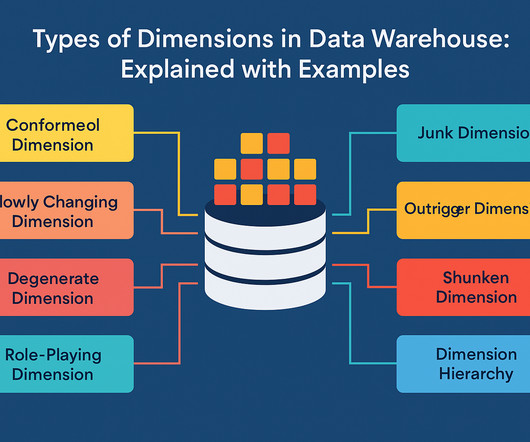Exploring the fundamentals of online transaction processing databases
Dataconomy
APRIL 27, 2023
Concurrency algorithms are used to ensure that no two users can change the same data at the same time and that all transactions are carried out in the proper order. This helps prevent issues such as double-booking the same hotel room and accidental overdrafts on joint bank accounts.













Let's personalize your content